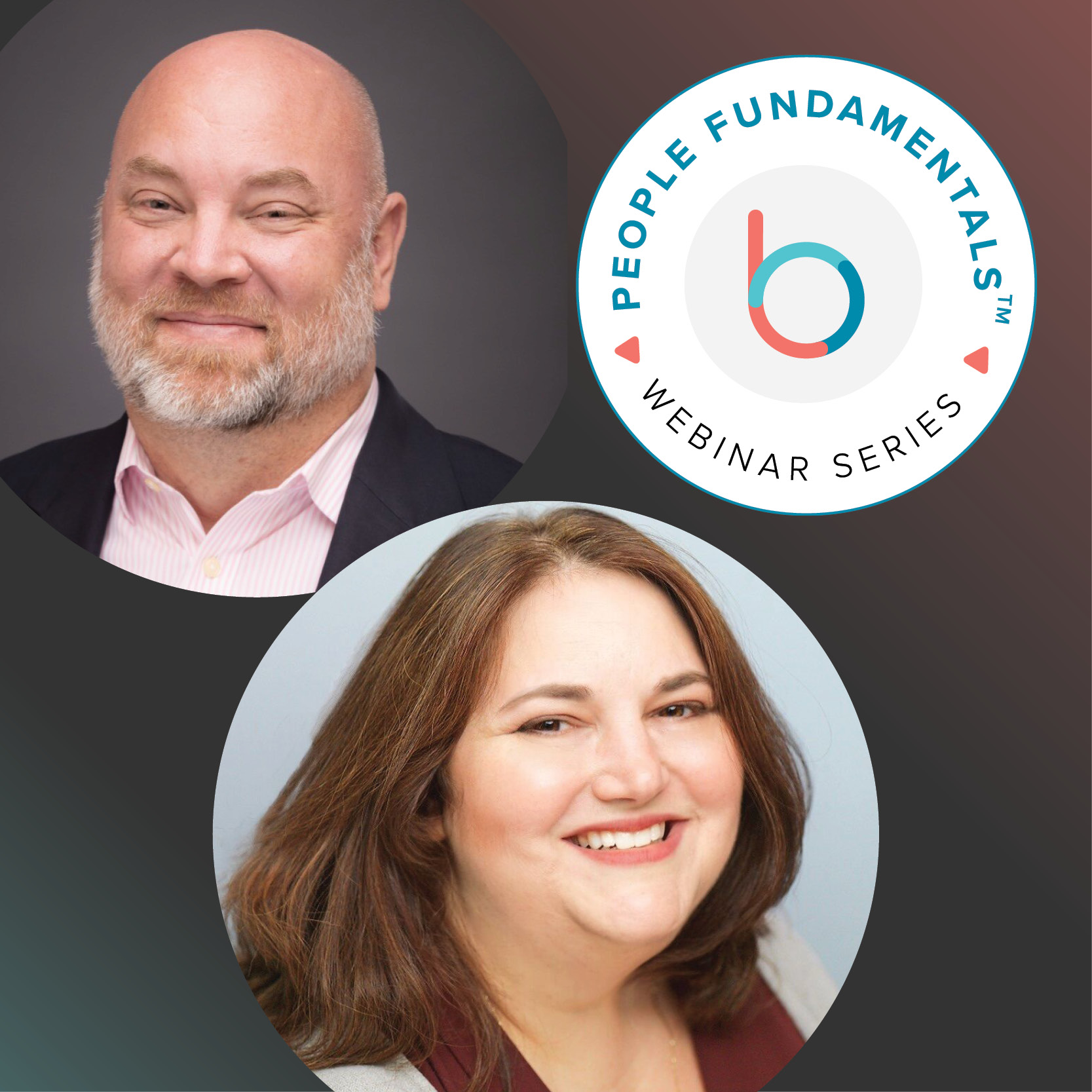- Understanding predictive analytics for HR
- The role of predictive analytics in HR
- The importance of predictive analytics in today’s workforce
- Getting started with predictive analytics in HR
- 3 examples of predictive analytics
- Predictive analytics: Frequently asked questions
- What is the difference between descriptive and predictive analytics in HR?
- How can predictive analytics improve employee retention?
- What are some of the challenges associated with implementing predictive analytics in HR?
- How can predictive analytics benefit HR professionals in their day-to-day work?
- What is the future of predictive analytics in HR?
- Power the future with predictive analytics in HR
Predictive analytics in HR isn’t just a trend: it’s the next evolution of workforce management. Predictive analytics highlight your workforce’s challenges and opportunities so you can prepare HR programs that meet your people’s needs and make the best strategic use of the workforce.
The potential of predictive analytics in the workforce remains largely untapped. Adoption of people analytics is still relatively low. Embedded HR tech analytics applications are the most popular option, at 53% adoption, according to Sapient Insights Group’s 2022-2023 HR Systems Survey.
Learn more about predictive analytics, what such a program does for your human resources strategy, and how to get started.
Understanding predictive analytics for HR
Predictive people analytics helps you make better workforce decisions and improve HR metrics such as employee engagement and productivity. This approach also helps HR mitigate negative metrics like employee turnover rates.
What is predictive analytics in HR?
Predictive analytics is a type of advanced analytics that uses historical data, statistical modeling, data mining, and machine learning to predict future outcomes, including trends and specific events. Those predictions inform decision-making to preemptively address risks or capitalize on opportunities.
Predictive HR analytics refers to using advanced analytics techniques to predict future workforce outcomes, employee behaviors, or trends. Predictive HR data analytics gives your HR team insights to make better decisions about hiring, training, retention, and other HR-related activities.
For example, with the right performance data, you can use predictive analytics to forecast future performance problems and develop targeted training for managers and employees to address concerns as they arise.
What is the difference between predictive and prescriptive analytics?
The primary difference between predictive and prescriptive analytics can be found in their names: The predictive branch of analytics makes forecasts, while the prescriptive branch makes recommendations.
Predictive analytics uses historical data from a variety of sources to identify patterns and trends, as well as predict future outcomes. Prescriptive analytics goes one step further by looking at the data, analyzing it, and then applying predictive data to recommend specific actions businesses can take to optimize operations and increase efficiency.
Unlike predictive analytics, prescriptive analytics generates specific actions you can take to improve your business outcomes.
The role of predictive analytics in HR
Imagine how much more effectively you could manage the workforce if you could anticipate the future. Predictive analytics provides that line of sight to potential outcomes so you can design your talent strategy accordingly.
Predictive analytics in recruitment and hiring
Predictive analytics supports better recruitment and hiring in two crucial ways.
First, this approach makes predictions based on the hiring data you collect every day. For example, you can use predictive HR analytics to examine trends in high-demand skills and workforce learning and development. You might then compare those findings to your workforce’s skills inventory. By anticipating your organization’s future skills needs, you can make a more informed plan to hire and upskill in those areas.
Second, you can apply predictive analytics to assess the process itself. For instance, you might input data illustrating what good hires look like, then use predictive analytics to gauge your ability to attract and hire ideal candidates, given current sourcing tactics. By changing the variables, you can identify which process changes would deliver the most positive changes.
Predictive analytics in performance management
Predictive HR analytics play an important role in performance management by anticipating employee behaviors and projecting the workforce’s ability to deliver business outcomes.
Many factors affect an employee’s ability to perform at their best. Predictive HR analytics allow you to anticipate changes that could impact performance-related measurements, such as employee engagement and job satisfaction. Low job satisfaction, for example, might suggest that people feel overwhelmed by their workloads. When they are overworked, their effectiveness and productivity decline, preventing them from reaching their goals.
Predictive analytics help you get to the bottom of future performance challenges to anticipate problem areas and optimize for everyone’s performance potential.
Predictive analytics in employee retention
Predictive HR analytics play a critical role in retention and turnover, starting with identifying potential turnover risks. For instance, predictive analytics can analyze recent engagement surveys and project shifts in turnover. But this predictive approach goes further. By changing variables, you can run many scenarios to see the range of outcomes for employee turnover.
If employees who haven’t received a promotion or raise recently are at the highest risk of turnover, for instance, how do the projected trends change if you make career progression easier?
Predictive analytics can also analyze employee engagement strategies and forecast how they’ll affect different groups of employees. HR leaders want to offer tailored retention strategies but often are unsure how to proceed. Predictive HR analytics helps these leaders solve for the needs and preferences of each employee type. The prospect of a promotion won’t motivate everyone, for example, while some employees will stay (or go) because of your company culture or benefits package.
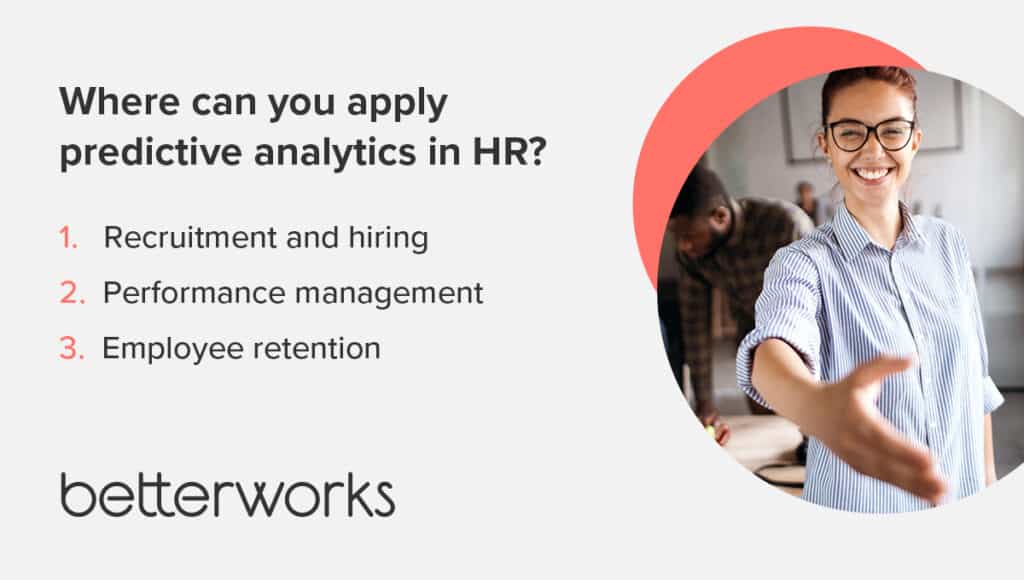
The importance of predictive analytics in today’s workforce
Businesses generate lots of data every day — people operations should be one of the biggest data generators inside your organization. You should be using that data to track past performance and learn how to better support the workforce.
Why do HR leaders need predictive HR analytics?
Standard HR analytics provide insights into trending employee behaviors so you can make better decisions about recruitment, retention, and other HR responsibilities. But even the best standard models only generate educated guesses. That’s why predictive analytics needs to be part of your HR strategy.
Predictive analytics make it possible to anticipate changes in HR trends and workforce behaviors. You can take your data and adjust the variables until you’ve isolated the most critical elements to address. The benefit: The better you understand your workforce, the more quickly you can reduce business risks or jump on opportunities.
Despite the many benefits of predictive analytics for HR teams, it’s not without challenges. Many HR leaders aren’t trained in how to model and interpret data. That gap in knowledge limits the potential of predictive analytics. To solve this, look for learning opportunities, hire for these skills, and collaborate with IT or digital leaders in your organization to gain practice in predictive analytics. Some of the most forward-thinking companies are building HR teams with multidisciplinary teams that include data scientists.
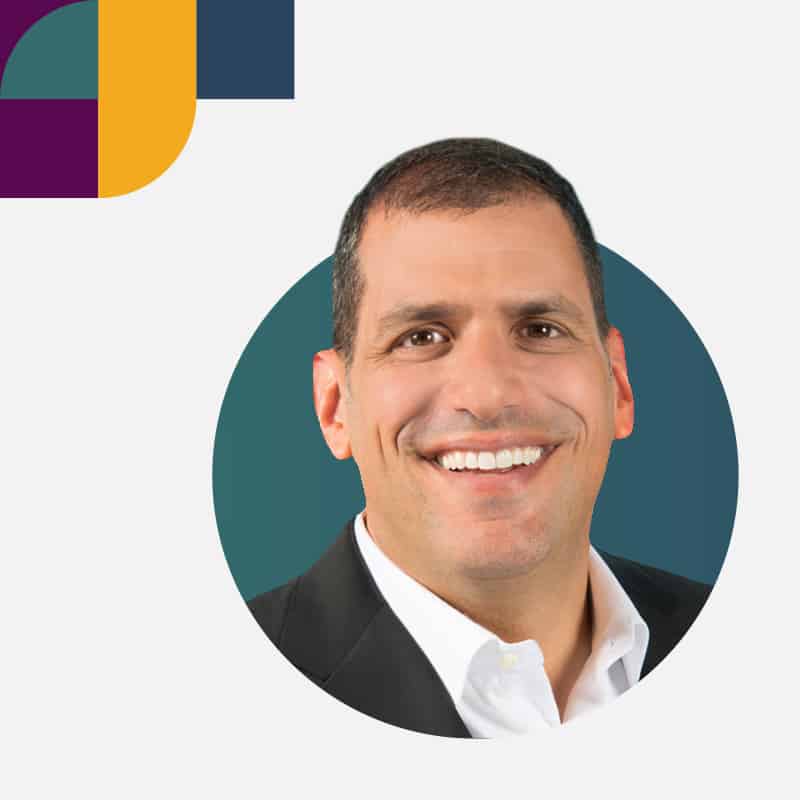
Why do managers need predictive HR analytics?
Predictive HR analytics help managers by providing data-driven insights into their teams’ strengths and performance potential.
Predictive insights help managers make better decisions about managing projects, allocating resources, developing talent, and improving employee engagement. For example, marketing managers can use data to recognize the biggest roadblocks to writing and publishing a research report — and proactively address those concerns.
If your HR team struggles to use data to model accurate, helpful predictions, that’s doubly true for managers. Managers need training and context to use data effectively. Pair your managers with data experts inside the organization to analyze data, generate predictions, and apply the results in an action plan.
Getting started with predictive analytics in HR
As helpful as predictive analytics can be to your talent strategy, not every organization is a great candidate for it (at least not yet). See what it takes to get started with predictive analytics in HR.
Evaluate your tech stack
The first step is determining whether you have the right tools and resources to make predictive analytics work. Many HR tech platforms today can run collected data through a predictive analytics model. What does your current HR tech stack look like? Do your software-as-a-service (SaaS) tools include data-modeling capabilities? Do you have a CRM software in place that allows you to see how your team resolves problems at every stage?
The larger your data pool, the more accurate your results are likely to be. To ensure all relevant data is available, many HR tech vendors offer features that bring data from across the organization into a meaningful dashboard. Review your tech stack to determine whether your current setup includes access to such features. For example, you can use embedded analytics software to display your key metrics directly in your HR app.
Collect data from key sources
Predictive analytics relies on data to uncover patterns and insights that could help address HR challenges. Consider your data readiness. Are you collecting data at every stage of the employee life cycle — from candidate info in your applicant tracking software to the exit interview in your HR information system? If not, you probably don’t have enough data to support accurate predictions. Advance techniques like web scraping further expands HR data collection capabilities with critical external insights for predictive analytics.
Take performance data, for example. Every business achievement is fueled by employee performance, so performance data is vital to understanding future business scenarios. But that information can be lost if you aren’t capturing that data through real-time conversations between managers and team members. Trying to rely on data generated by annual performance reviews isn’t enough to drive accurate forecasts.
Develop predictive models for HR functions
Once you’ve gathered the necessary data, it’s time to analyze it and see the relationships that between different variables. To do this, apply statistical or machine learning models to the data to create a predictive model. Consider collaborating with your chief information officer or other digital leaders to develop these models.
As you do so, carefully tune them for maximum accuracy. You’ll also need to validate the results to ensure they’re accurate and reliable. Test your model with real-world scenarios to see whether it performs as expected.
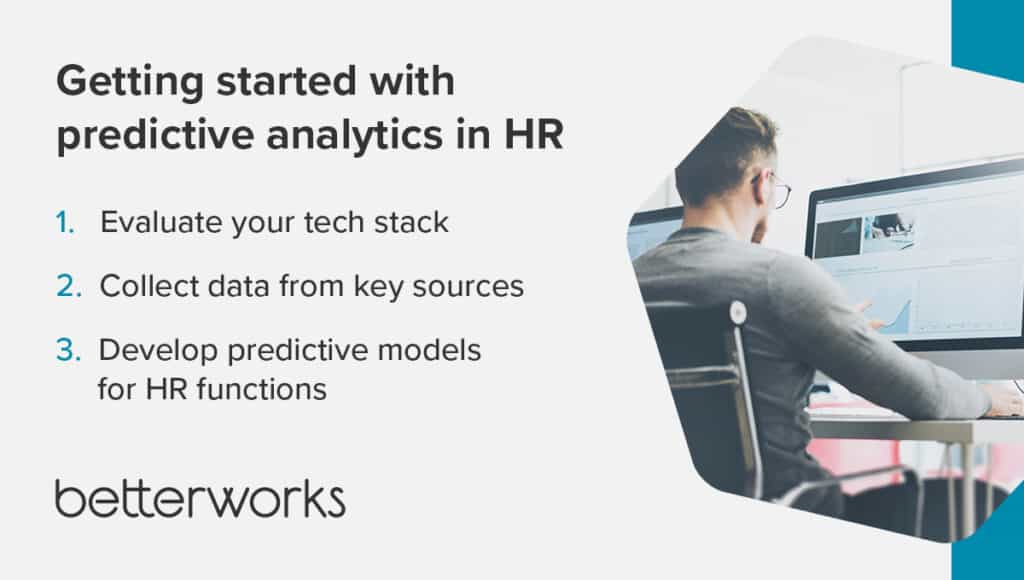
3 examples of predictive analytics
Companies around the globe have successfully used predictive analytics to solve HR challenges and drive better performance. Check out a few of our favorite examples.
Google’s most famous example of rigorous data analysis and predictive analytics is Project Aristotle, an internal effort that sought to identify the elements of an effective team. To do this, Google researchers reviewed over 250 items from an annual engagement survey to determine which variables (such as group dynamics, skill sets, or personality) had the biggest impact on team effectiveness.
Cisco
Cisco relies on predictive analytics to inform its approach to workforce planning, which helps the company anticipate and proactively fill skills gaps. Using external market data and internal HR data, people leaders at Cisco project skills needs and improve performance management.
American Express
American Express deployed predictive analytics to support a smoother transition from in-office to remote work at the start of the pandemic. The company’s tech leaders used data analytics to anticipate when employees would need help signing in remotely. With that insight, IT staff could intervene to help those employees without them needing to call the service desk.
Predictive analytics: Frequently asked questions
Still have questions? Check out some of these frequently asked questions about predictive analytics.
What is the difference between descriptive and predictive analytics in HR?
Descriptive analytics in HR looks at past data and trends to gain insights about the organization or its employees. It typically involves analyzing data to understand what has already happened and why.
Predictive analytics in HR, on the other hand, uses predictive models to forecast the future outcomes of changes or initiatives. This type of analytics involves leveraging data to predict what will happen in the future and how different scenarios might play out.
How can predictive analytics improve employee retention?
Predictive modeling helps organizations understand the traits of at-risk employees and visualize what variables cause employees to stay or go. Understanding those variables helps HR leaders and managers prioritize their response to this challenge.
What are some of the challenges associated with implementing predictive analytics in HR?
One of the major challenges associated with implementing predictive analytics in HR is a lack of understanding of analytical processes among HR professionals. Many aren’t familiar with the technical aspects of predictive analytics, which reduces their ability to succeed with this approach and might make them hesitant to try.
Predictive analytics requires a large amount of data to be effective. Many organizations lack the requisite amount of data or struggle to obtain it, much less analyze it effectively. And even with the right data, assessing the accuracy of predictive analytics results can be difficult.
How can predictive analytics benefit HR professionals in their day-to-day work?
Predictive analytics provides insights into day-to-day decisions, such as which job candidates are likely to succeed in a certain role, what motivates employees, and which strategies are most likely to improve employee engagement. While other data approaches assist with these issues, predictive analytics helps you anticipate these situations rather than just react to them. That line of sight into the future provides direction for your daily priorities and can improve productivity and outcomes.
What is the future of predictive analytics in HR?
Companies increasingly demand data-driven decision-making. Predictive HR analytics is essential for helping HR departments showcase their data-driven expertise. This field will only become more important as HR leaders are asked to forecast labor trends and anticipate workforce needs.
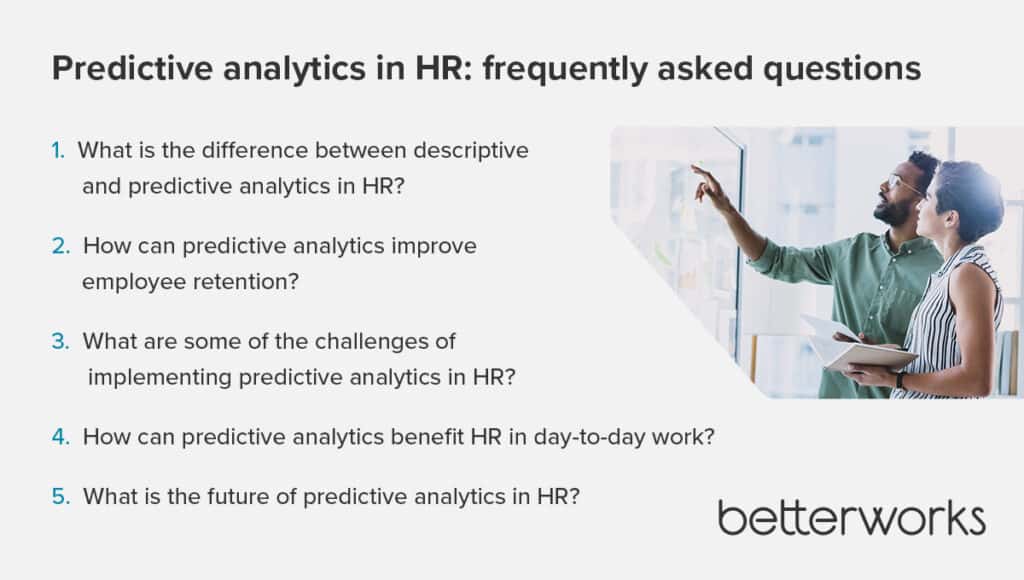
Power the future with predictive analytics in HR
As an HR leader, you’re tasked with driving business growth and ensuring your organization remains competitive. You understand the importance of leveraging technology and data to make informed decisions. Predictive analytics in HR is a powerful tool that can help you do just that.
By analyzing and forecasting employee trends and behaviors, you gain valuable insights into their performance, preferences, and potential — and can make proactive decisions that improve performance, engagement, and business growth. By using predictive analytics in HR, you can unlock the potential of your workforce and your organization.
Want to know more? Learn how to leverage workforce analytics for your business.
Want to know more?

